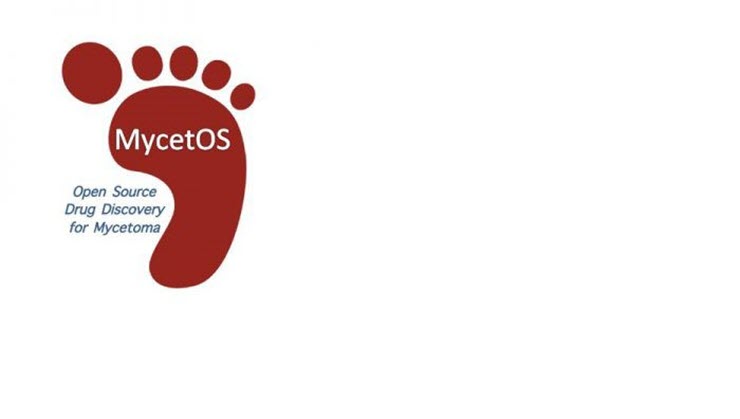What we do
About our project
Penegrain
PENEGRAIN is an open science project in which scientists and laymen will collaborate to open up this shield. We will create novel models which we will use to determine how this shield is created and which drugs and carriers can penetrate. PENEGRAIN is a subproject of the Mycetoma Open Source drug discovery project MycetOS.
MycetOS
MycetOS is an Open Source drug discovery project which uses an Open Pharma approach to discover new chemical entities for mycetoma caused by Madurella mycetomatis, the main causative agent of fungal mycetoma. The project will identify novel lead compounds to treat mycetoma.
Open Source
The project uses an open approach which means that the it will progress discovery efforts through community-driven and in kind scientific contributions. Compounds are donated and are tested for in vitro activity in our laboratory. Results will be published immediately in real time in an open-access database.
Results so far
In this project we have screened the pathogen, stasis, pandemic and COVID boxes from MMV and identified the fenarimol compounds and benzimidazoles as potent anti-mycetoma agents. More recently we also kinases libraries and the oncode library to identify more potent anti-mycetoma compounds. Online discussions are ongoing to determine which compound libraries we should screen next.

Our research focus
Fenarimols
In this project we demonstrated that the fenarimol compounds were potent inhibitors of M. mycetomatis growth. However not all compounds were able to penetrate the mycetoma grain. Therefore additional fenarimol analogues are being screened to determine the chemical properties needed for a molecule to penetrate the mycetoma grain. This information will help us in designing effective drugs for mycetoma.
Other compounds
Next to the fenarimol analogues, several other compounds were able to inhibit M. mycetomatis growth or penetrate the grain. Compound libraries are currently sought of these compounds to assess which compounds are most effective in penetrating mycetoma grains.
Participation
Since this project is an Open Source project, it means that everybody interested in drug discovery can participate. Via our GitHub page you can participate in our online discussions, see the results and propose novel compounds to be screened.
Funds & Grants
Collaborations
- Professor Matthew H. TOdd, PhD,
Chair of Drug Discovery,
School of Pharmacy,
University College Londen,
United Kingdom
- Jean-Robert Ioset, PhD,
Drugs for Neglected Diseases initiative,
Geneva,
Switzerland
Publications
Our team
Principal investigator
- Wendy van de Sande
w.vandesande@erasmusmc.nl
Team members
- Tim Baltussen
t.baltussen@erasmusmc.nl
- Dounia El Yachioui
d.elyachioui@erasmusmc.nl
- Jingyi Ma
m.jingyi@erasmusmc.nl
- Mickey Konings
m.konings@erasmusmc.nl
- Kimberly Eadie
k.eadie@erasmusmc.nl
